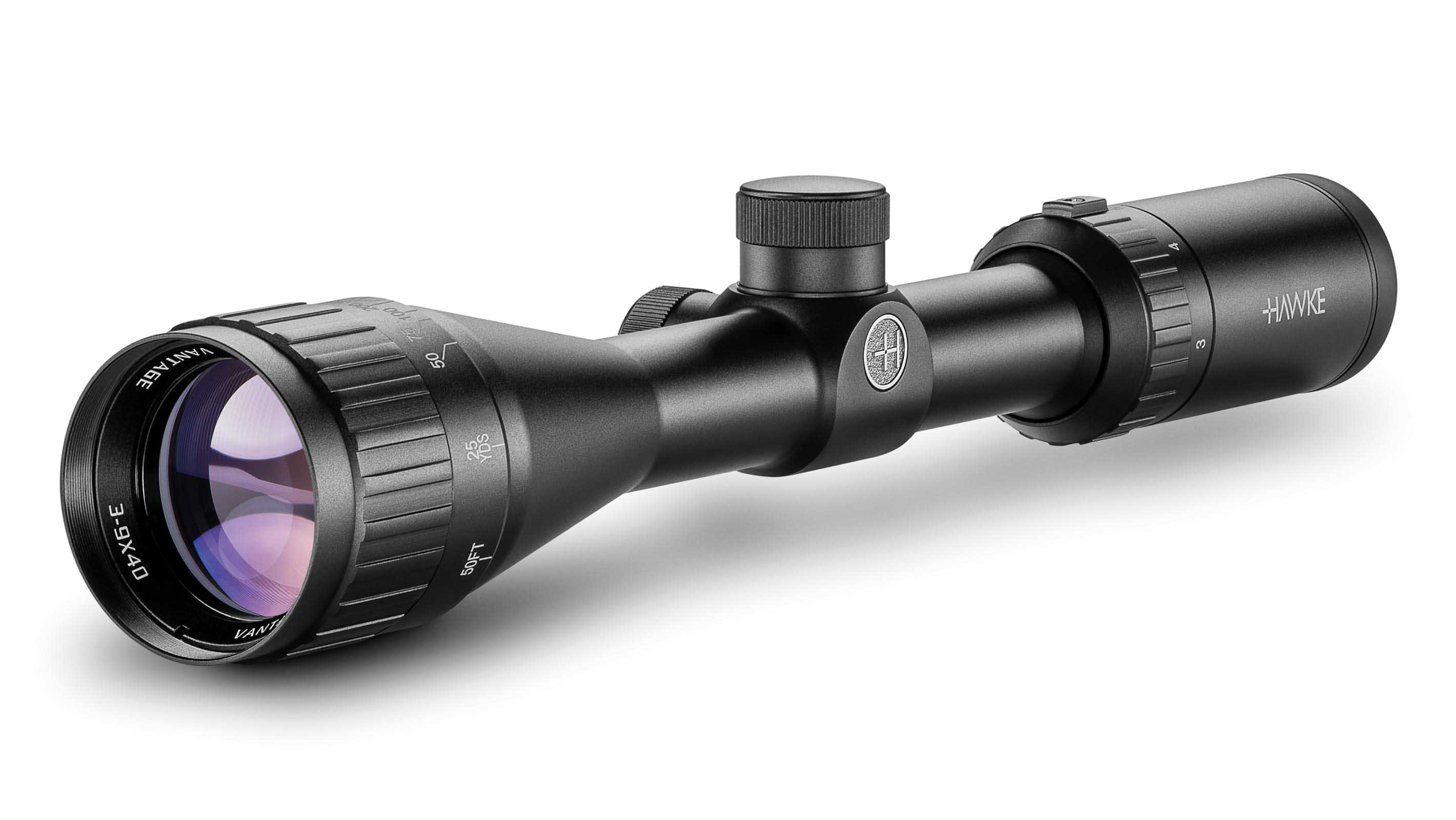Pardon this question, perhaps this is too simple, but.........
I don't know whether this is an issue b/c of my old eyes & it can't be remedied but here is what is going on.
With my Hawke 3-9 scope with parallax, I can't get the fine focus for both the reticle crosshairs to be dark enough to see them & see the 7/8" target with multiple circles inside of it at 50 yds.
If I adjust the fine focus to be able to see the crosshairs well, the circles in the 7/8" targets are blurry.
If I adjust the fine focus to be able to see the circles clearly, the crosshairs don't show up well (too faint).
This is especially irritating when using 7/8" targets, or even smaller with rifles even at only 50 yds.
I've discovered if I have a parallax adjustment on the scope, if I turn the distance up from 50' all the way up past 100 yds, past 200 yds, past 300 yds to the infinity setting.
That helps a little, but even then the target is not sharp.
I have to see the crosshairs dark enough or I'm really lost, but I sure would like to see the "circles" within the 7/8" circles.
On other scopes I don't have this.
I'm starting to take notes on the different scopes to try to find out if it is just the scopes that have a parallax that I experience this.
I don't know whether this is an issue b/c of my old eyes & it can't be remedied but here is what is going on.
With my Hawke 3-9 scope with parallax, I can't get the fine focus for both the reticle crosshairs to be dark enough to see them & see the 7/8" target with multiple circles inside of it at 50 yds.
If I adjust the fine focus to be able to see the crosshairs well, the circles in the 7/8" targets are blurry.
If I adjust the fine focus to be able to see the circles clearly, the crosshairs don't show up well (too faint).
This is especially irritating when using 7/8" targets, or even smaller with rifles even at only 50 yds.
I've discovered if I have a parallax adjustment on the scope, if I turn the distance up from 50' all the way up past 100 yds, past 200 yds, past 300 yds to the infinity setting.
That helps a little, but even then the target is not sharp.
I have to see the crosshairs dark enough or I'm really lost, but I sure would like to see the "circles" within the 7/8" circles.
On other scopes I don't have this.
I'm starting to take notes on the different scopes to try to find out if it is just the scopes that have a parallax that I experience this.














